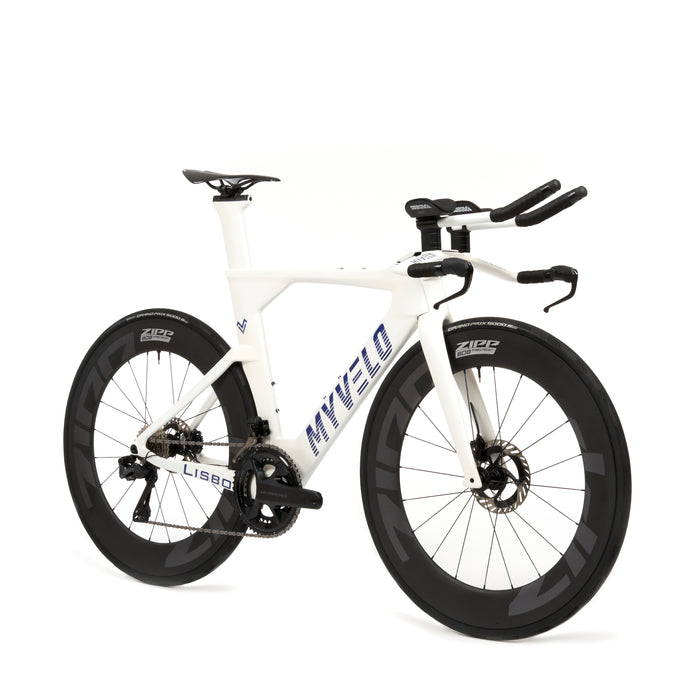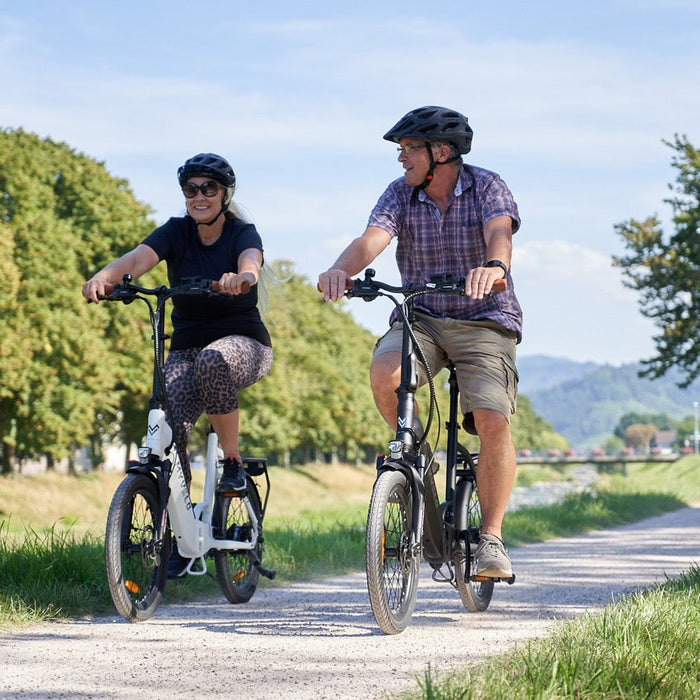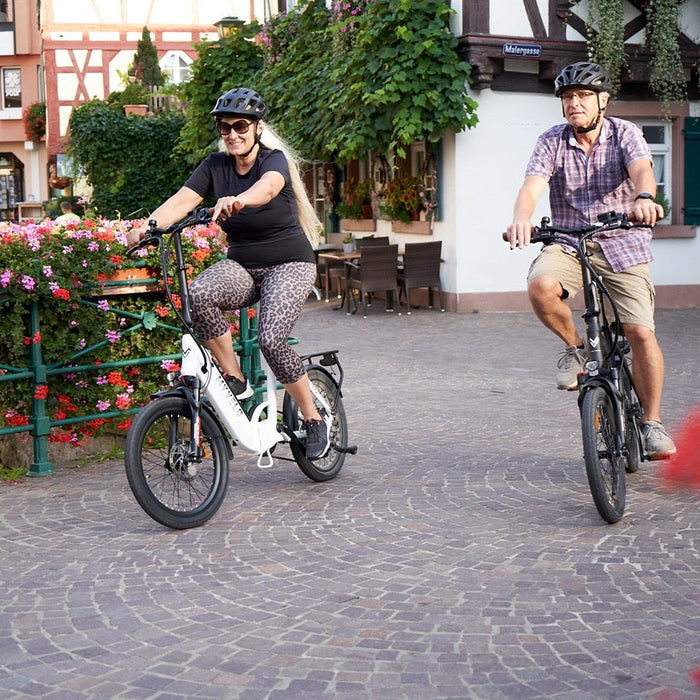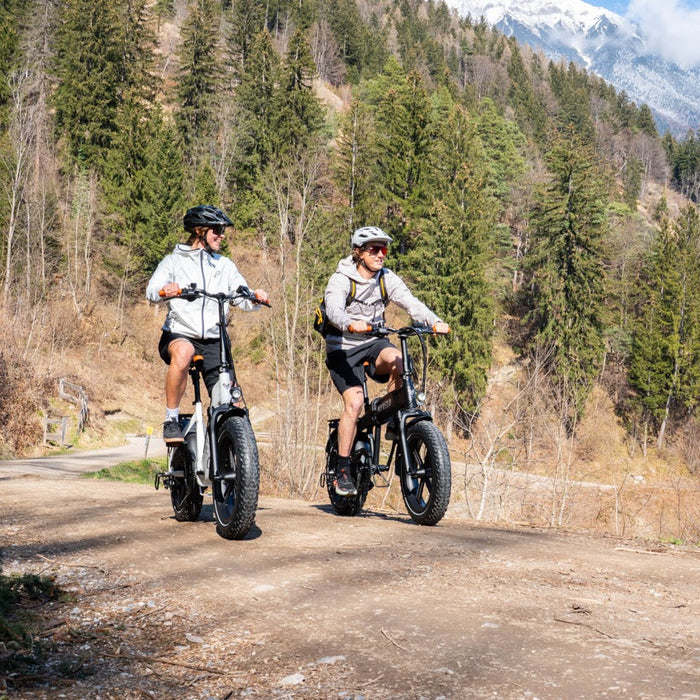
Lisboa triathlon bike
incl. FREE shipping & free returns

The Q-factor is a measure of the width of the pedal spacing on a bicycle. It refers to the horizontal distance between the crank arms that support the pedals. The further apart the cranks are, the higher the Q-factor.
A lower Q-factor generally means better ergonomics, as a narrower pedal spacing allows for a more natural pedaling technique and can result in less strain on the knee joints. A higher Q-factor, on the other hand, can result in greater strain on the knee joints and make cycling more uncomfortable.
The Q-factor is also an important factor when choosing cycling shoes. Most cycling shoes have a sole width that is tuned to a specific Q-factor to ensure optimal power transfer to the pedals.
The Q-factor varies depending on the type and model of bike. Mountain bikes usually have a higher Q-factor than road bikes because they have wider tires and a higher Q-factor allows for better handling on technical trails.
The term was coined by cycling author Grant Petersen in 1990 and has since become a recognized measurement.
The Q-factor can also affect cycling in several ways:
Overall, an optimal Q-factor can be different for each cyclist, depending on individual body size, pedaling technique and preferred riding style. It is important to adjust the Q-factor to individual needs and preferences when selecting a bike or when customizing the existing bike.

Stress ist längst zur Volkskrankheit geworden – Dauerbelastung im Job, private Verpflichtungen und ständige Erreichbarkeit führen bei vielen Menschen zu einem Gefühl der Überforderung. Doch es gibt einen einfachen Weg, den Kopf freizubekommen: Radfahren. Ob gemütlich durch den Park oder sportlich auf dem Rennrad – das Fahrrad wirkt wie ein natürliches Ventil für Stress. Warum das so ist, zeigt dieser Artikel.

Der Kettenverschleiß ist bei E-Bikes ein noch wichtigeres Thema als bei klassischen Fahrrädern. Der leistungsstarke Motor unterstützt die Pedalkraft, wodurch eine höhere Belastung auf die Kette wirkt.

Der Eco Modus ist eine der wichtigsten Unterstützungsstufen eines E-Bikes und bietet eine ideale Balance zwischen Motorunterstützung und Energieeffizienz. Doch was genau bedeutet Eco Modus, wann sollte man ihn nutzen und welche Vorteile bringt er im Alltag? In diesem Artikel erfährst du alles Wichtige über diese smarte Fahrstufe.
The most frequently asked questions and answers